There are many factors to consider when deciding whether or not to insulate interior walls. Some people believe that it is necessary to insulate all interior walls in order to achieve optimal thermal efficiency in a building, while others maintain that it is only necessary to insulate the exterior walls of a structure. So, what’s the truth? In this comprehensive article, we will answer common questions about insulation and provide helpful tips on how to decide if your interior walls should be insulated.
Interior Wall Insulation: The Basics
Most people are familiar with the concept of insulation, but there is still some confusion about what it actually is and how it works. Insulation is a material that is used to slow down the transfer of heat. In other words, it helps to keep things warmer in the winter and cooler in the summer. This is accomplished by trapping pockets of air within the insulation material. The trapped air acts as a barrier to heat transfer, which results in increased thermal efficiency.[1]
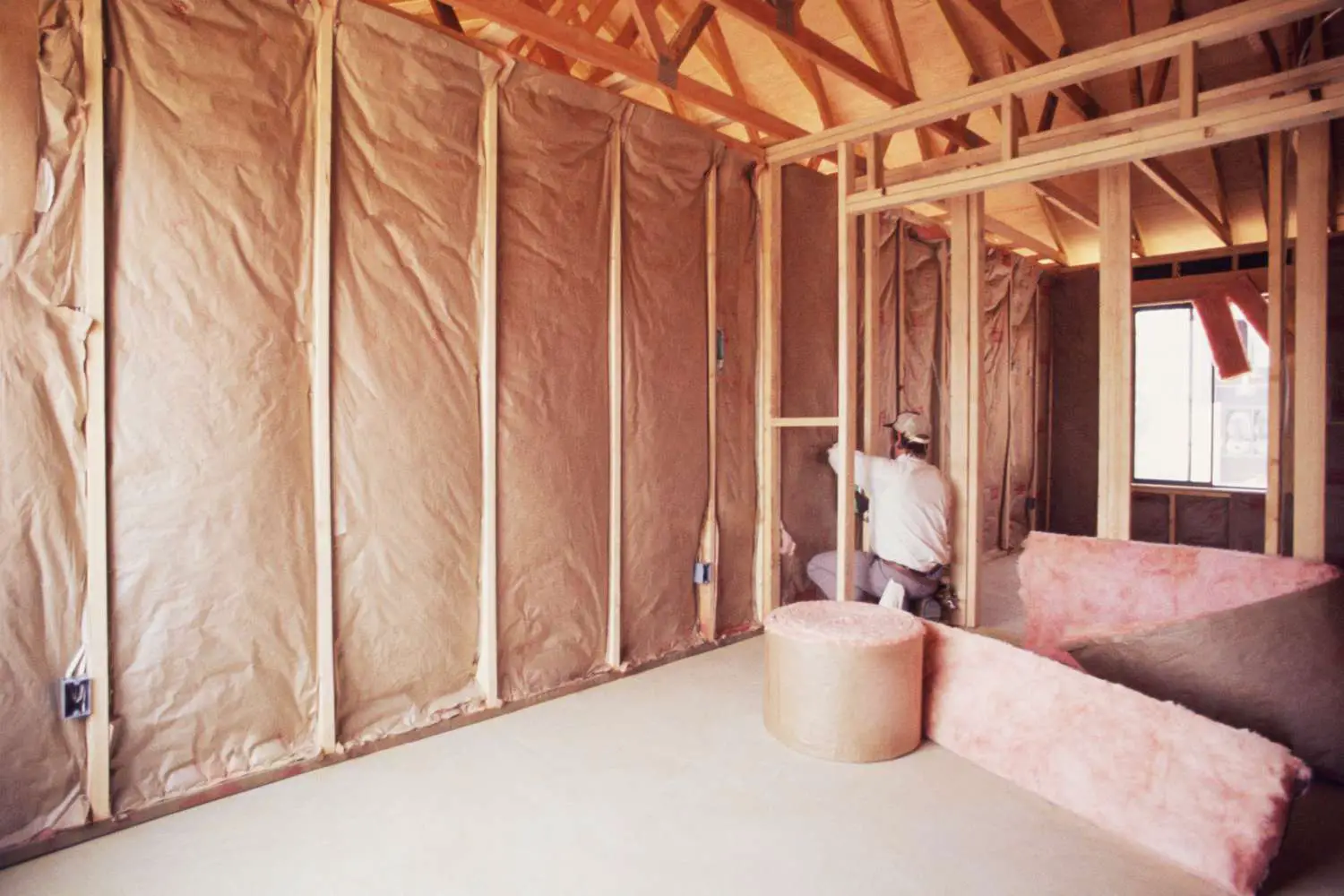
Advantages of Insulating Interior Walls
Energy Efficiency
One of the main advantages of insulating your interior walls is that it can make your home more energy-efficient. In the winter, insulation will help to keep heat from escaping through the walls, and in the summer, it will keep cool air from seeping in. This can lead to lower heating and cooling bills as well as a more comfortable home overall.
Finally, insulation can also help to protect your home from mold and moisture. By keeping the temperature and humidity level consistent, you can help to prevent the growth of mold and mildew.[5]
Fire Protection
While most people think of insulation in terms of energy efficiency, it can also be a critical component of fire protection. If you live in an area where wildfires are a concern, insulation can help create a barrier between the flames and your home. In addition, if you have a fireplace or wood-burning stove, insulating your interior walls can help prevent fires from spreading.
Moisture Control
One potential issue you may face if you choose to insulate your interior walls is moisture control. If not properly controlled, moisture can lead to mold and mildew growth, which can cause serious health problems. There are a few things you can do to help control moisture in your home:
- Ventilate air by opening windows or using exhaust fans when cooking, showering, or running the dishwasher.
- Use a humidifier in the winter months to add moisture to dry indoor air.
- Fix any leaks in your plumbing or roof as soon as possible.[3]
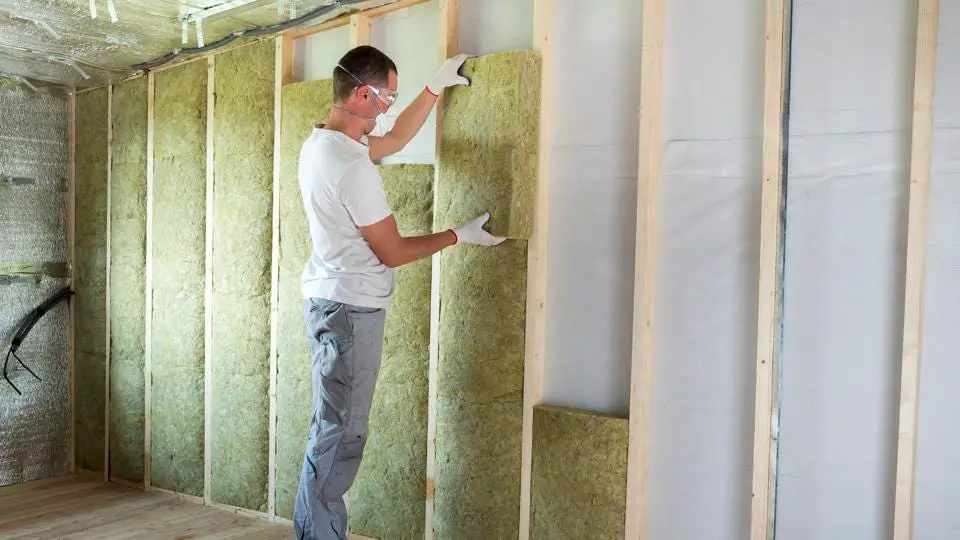
Sound Dampening
One of the most common questions we get asked is whether or not interior walls need to be insulated for sound dampening purposes. The answer to this question is a bit more nuanced than a simple yes or no.
On one hand, insulation can help to mitigate noise transfer between rooms by absorbing sound waves and reducing their overall impact. This is especially beneficial if you live in an apartment building or other multi-unit dwelling where noise from your neighbors can be a constant issue.

On the other hand, insulation doesn’t always completely eliminate all noise transfer, and in some cases it can actually make things worse by amplifying small sounds like footsteps or creaking floors. So if you’re looking for complete silence, insulation may not be the best solution.
The best way to determine whether or not insulation will help with sound dampening in your specific situation is to consult with a professional contractor or acoustician. They will be able to assess the layout of your home and make recommendations based on their experience and expertise.
In the meantime, here are a few tips that can help minimize noise transfer in any home:
- Use rugs or carpets to deaden footsteps and other impact noises.
- Place furniture away from walls to create a buffer zone between noise sources and sensitive areas like bedrooms or nurseries.
- Install door sweeps or thresholds at the base of doors to prevent drafts and outside noise from coming in.[3]
Party Walls
If you live in a townhouse, condo, or even some single-family homes, you probably have what’s called a “party wall.” Party walls are the shared walls between units that typically separate two living spaces. In some cases, party walls are load-bearing, meaning they help support the weight of the structure above.
There are three main types of party walls: solid masonry (brick or stone), stud framing with drywall on each side, and stud framing with one layer of drywall on one side and plaster on the other. Each type of wall has its own considerations when it comes to insulation.
Solid masonry party walls are the most difficult to insulate because they’re not easy to access from either side. If you live in an older home with solid masonry party walls, it’s possible that the wall has no insulation at all. In this case, you might want to consider adding insulation, but it’s a good idea to consult with a professional first.[2]
Why Do Some People Avoid Interior Insulation?
There are three primary reasons why some people avoid insulating their interior walls:
- They don’t want to deal with the mess and disruption that comes with installation.
- They’re worried about the potential for condensation and mold.
- They’re concerned about the loss of space in their home.
Let’s take a closer look at each of these concerns.[2]
Insulation Materials

Fiberglass Batts
One of the most popular insulation materials is fiberglass, which comes in batts and blankets. Fiberglass is made from recycled glass that’s been melted and spun into fibers. It’s then combined with a resin binder to form batts or blankets. Fiberglass is a good insulator because it has low thermal conductivity, meaning it doesn’t transfer heat well.
Fiberglass batts and blankets are available in various widths and thicknesses to fit standard stud spaces. They’re also available in different R-values, which indicates how well the material resists heat flow. The higher the R-value, the better the insulation performance. When installing fiberglass batts and blankets, be sure to wear gloves and a long-sleeved shirt to protect your skin from the itchy fibers.[1]
Rockwool Batts and Blankets
If you’re insulating an interior wall, one option is to use rockwool batts or blankets. Rockwool is a type of insulation made from natural minerals that are melted and spun into fibers. It’s safe to use and effective at insulating against both heat and cold. However, it can be expensive, so it’s important to compare prices before you decide on this option.
Another thing to keep in mind is that rockwool batts and blankets can be difficult to install yourself, so you may need to hire a professional if you choose this option.[1]
Loose-Fill Cellulose
Cellulose is one of the most popular types of insulation, and for good reason. It’s made from recycled paper products, so it’s an eco-friendly option, and it’s also very effective at blocking heat transfer. Loose-fill cellulose is easy to install yourself – simply pour it into the space between your studs and seal it up.
One downside of cellulose insulation is that it can settle over time, which can reduce its R-value (the measure of an insulation’s ability to resist heat flow). But you can combat this by adding more cellulose to top off the settled area.
Another thing to keep in mind with cellulose is that it does contain chemicals that could be harmful if inhaled, so it’s important to wear a mask when working with it.[1]
Foam Insulation
If you’re looking for a do-it-yourself insulation project, then foam insulation is likely the best option for you. This type of insulation can be found at most hardware stores and home improvement centers, and it’s relatively easy to install. Foam insulation is available in two different forms: spray foam and rigid foam board.
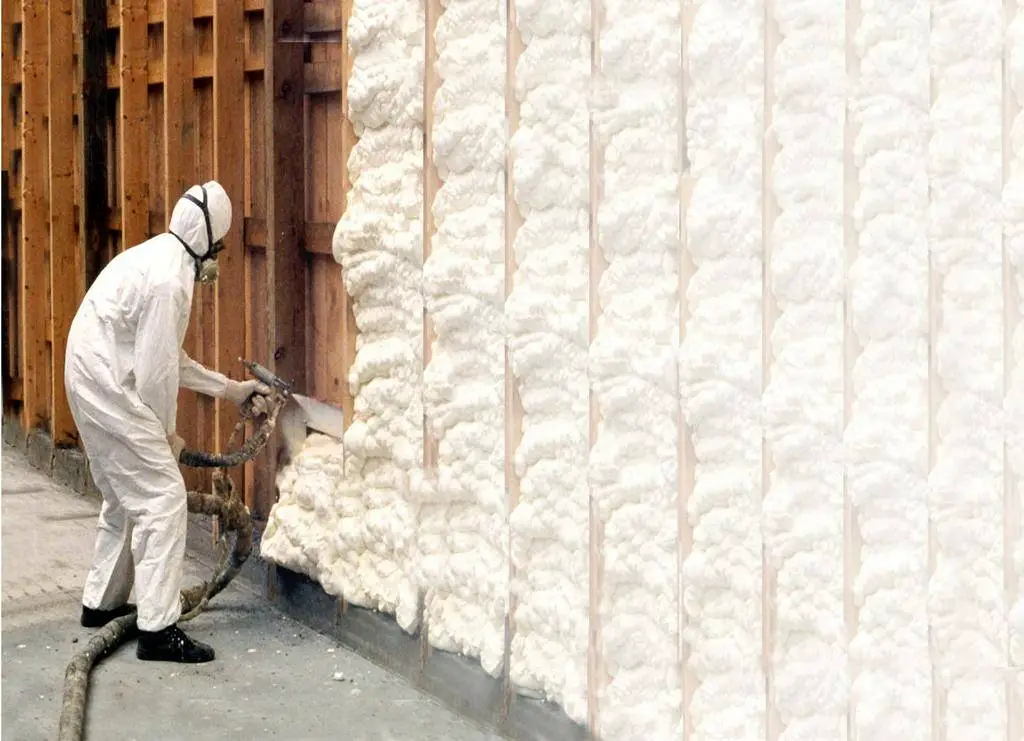
Polystyrene
Polystyrene insulation is one of the most popular types of insulation, and for good reason. Polystyrene is an excellent insulator, and it’s also very affordable. Polystyrene insulation comes in two forms: expanded polystyrene (EPS) and extruded polystyrene (XPS). EPS is the more common type of polystyrene insulation, and it’s also the less expensive option. XPS is a bit more expensive, but it’s also more durable and has a higher R-value.
If you’re considering polystyrene insulation for your interior walls, there are a few things you should keep in mind.
First, polystyrene insulation doesn’t have any fire-resistant properties, so it’s not the best choice for homes in areas with high fire risk. Second, polystyrene can be a bit difficult to work with, so it’s important to make sure you have the right tools and experience before attempting to install it yourself. Finally, polystyrene insulation can be susceptible to moisture damage, so it’s important to make sure your walls are properly sealed and protected from moisture before installing polystyrene insulation.[4]
Sheep’s Wool
If you want a sustainable and environmentally friendly insulation option, sheep’s wool is a great choice. Sheep’s wool is a natural fiber that is biodegradable and recyclable. It is also fire resistant and has excellent acoustic properties.
One of the benefits of sheep’s wool insulation is that it helps to regulate indoor temperature. In the winter, it helps to keep heat in, and in the summer, it helps to keep cool air in. This can help to reduce your energy bills and make your home more comfortable year-round.[4]
Mineral Wool
Mineral wool insulation is a type of insulation made from natural or recycled materials. It’s safe, non-toxic, and environmentally friendly. Mineral wool insulation can be used in both new construction and retrofit projects.
There are two types of mineral wool insulation: rockwool and slag wool. Rockwool is made from volcanic rock, while slag wool is made from steel mill by-products. Both types of mineral wool insulation have excellent thermal and acoustical properties. They’re also fire resistant and won’t settle over time.
Mineral wool insulation is available in batts, rolls, and loose fill. It’s easy to install, and it’s one of the most cost-effective insulation materials on the market.
Mineral wool insulation has a few disadvantages. It’s not as effective as other types of insulation in extreme cold weather, and it can be difficult to find in some areas. Mineral wool insulation is also more expensive than fiberglass insulation.[4]
Open Celled Spray Foam: The Basics
Open cell spray foam insulation is one of the most popular types of insulation on the market today. This type of insulation is made from a mixture of two chemicals that are sprayed into the wall cavity. The mixture expands and hardens, filling any gaps or cracks in the walls.[1]
Why Open-Celled Spray Foam Does It Better
For starters, open-cell spray foam is a lot more affordable than its closed-cell counterpart. It’s also easier to install, which makes it a great option for do-it-yourselfers or anyone looking to save on installation costs.
But the biggest reason to choose open-cell spray foam over closed-cell is that it’s simply a better insulator. That’s because the cells in open-cell spray foam are not as tightly packed together, which allows them to trap more air and create a stronger barrier against heat and cold.
In fact, studies have shown that open-cell spray foam can provide up to 50% better insulation than traditional fiberglass batts. So if you’re looking for the best way to insulate your home, open-cell spray foam is the clear choice.[1]
R-Value
R-Value is a measure of thermal resistance and measures how well a material can resist heat flow. The higher the R-Value, the better the insulation.
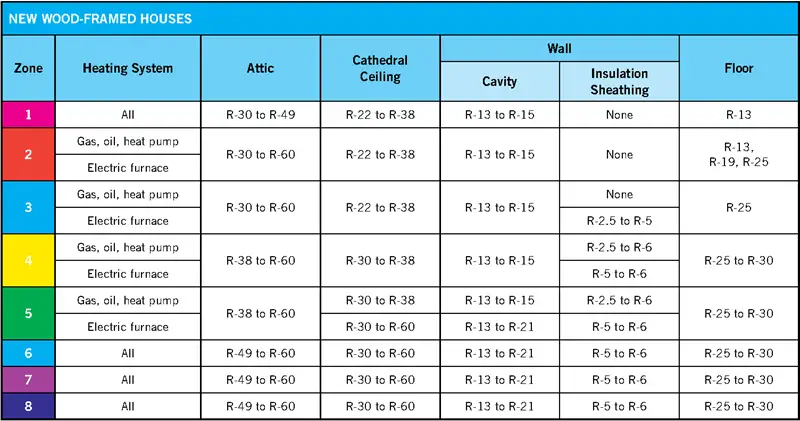
There are two types of insulation: closed cell and open cell. Closed cell has a higher R-Value and is more effective at preventing heat transfer than open cell insulation. It’s also more expensive.
Open cell insulation is made up of tiny cells that are filled with air or gas. This makes it less dense than closed cell insulation, which means it’s not as effective at preventing heat transfer. However, it’s much cheaper and easier to install.[4]
Parts of the house that need interior wall insulation the most
Parts of the house that need interior wall insulation the most are attics, basements, and crawl spaces. If you live in a cold climate, then insulating your interior walls is a must to keep your home warm during winter. Even if you live in a warmer climate, insulation will help regulate the temperature in your home and make it more comfortable year-round.
There are several factors to consider when deciding whether or not to insulate your interior walls. The first is the climate you live in. If you live in an area with extreme temperatures (hot or cold), then insulation will help keep your home at a comfortable temperature year-round. Another factor to consider is the type of construction your house has. If your house has older construction (pre-1960s), then it likely doesn’t have any insulation in the walls. This means that heat or cool air can escape through the walls, making your home less comfortable and costing you money in energy bills.
Finally, consider your budget. Insulating your interior walls can be a relatively inexpensive project, especially if you do it yourself.
If you’re still not sure whether or not to insulate your interior walls, then read on for answers to common questions about wall insulation.[5]
Attic Insulation
If you’re wondering whether to insulate your interior walls, one of the first places you should look is your attic. Many homes have poor attic insulation, which can lead to a number of problems. Attic insulation helps to keep your home warm in the winter and cool in the summer, and it can also help to reduce energy bills. If you’re not sure whether your home has adequate attic insulation, there are a few things you can look for. Check around your windows and doors for drafts, and see if there are any gaps in the insulation around electrical outlets or light fixtures. You can also take a look at your roof to see if there are any bare spots where heat or cold could be escaping.[5]
Ground Floor
If your home has a ground floor, you may be wondering if you should insulate your interior walls. The answer to this question depends on several factors, including the climate in which you live and the type of construction of your home.
In general, it is not necessary to insulate interior walls on the ground floor of a typical home. The majority of heat loss in a home occurs through the walls and ceilings, so these are the areas that should be insulated.
However, there are some cases where it may be beneficial to insulate interior walls on the ground floor. If you live in a particularly cold climate or your home has very thin walls, insulation can help to reduce heat loss. Additionally, if you have rooms on the ground floor that are particularly difficult to heat, such as a sunroom or basement, insulation can help to make these rooms more comfortable.[5]
Interior vs. Exterior Wall: What’s the Difference?
Interior walls are the walls that separate one room from another inside your house. They’re typically not load-bearing, meaning they don’t support the weight of the roof or upper floors. Exterior walls are the walls that enclose your home and protect you from the elements. They’re load-bearing, so they support the weight of your roof and upper floors.
There are a few key differences between interior and exterior walls that will help you decide whether to insulate them:
- Interior walls don’t have to deal with extreme temperatures or weather conditions.
- Interior walls aren’t as exposed to air leakage and drafts.
- You have more control over the climate inside your home, so you can insulate interior walls to improve energy efficiency.[5]

Should You Insulate Interior Walls: Considerations and Benefits
Deciding whether to insulate interior walls depends on various factors and considerations. Here, we compare the advantages and potential benefits of insulating interior walls to help you make an informed decision based on your specific needs and circumstances.
| Aspect | Explanation | Advantages |
|---|---|---|
| Thermal Comfort | Insulating interior walls can help maintain a consistent and comfortable indoor temperature. | Enhanced comfort in all seasons, reduced energy consumption for heating and cooling. |
| Soundproofing | Insulation can significantly reduce noise transmission between rooms. | Increased privacy, reduced noise disturbances, and improved overall tranquility. |
| Energy Efficiency | Insulated walls contribute to better energy efficiency by minimizing heat transfer. | Lower energy bills and reduced environmental impact due to decreased energy usage. |
| Moisture Control | Insulation can help manage humidity levels and prevent moisture-related issues. | Reduced risk of mold growth and structural damage caused by moisture. |
| Increased Home Value | Insulated interior walls can be an attractive feature for potential buyers. | Enhanced resale value and market appeal for your property. |
| Structural Benefits | Insulation may provide additional structural stability and impact resistance. | Improved durability and safety, particularly in regions prone to seismic activity. |
Explanation of the Table:
- Thermal Comfort: Insulation maintains consistent indoor temperatures, reducing energy consumption for heating and cooling.
- Soundproofing: Insulated walls minimize noise transmission, leading to increased privacy and tranquility.
- Energy Efficiency: Insulated walls contribute to lower energy bills and a reduced carbon footprint.
- Moisture Control: Insulation helps manage humidity and prevents moisture-related problems like mold growth.
- Increased Home Value: Insulated interior walls can make your property more appealing to potential buyers.
- Structural Benefits: Insulation might enhance structural stability and impact resistance.
Considering these advantages can guide your decision regarding whether to insulate interior walls, allowing you to create a more comfortable, energy-efficient, and value-added living environment.
FAQ
Why are my internal walls so cold?
There are a few reasons why your internal walls might be cold. One reason could be that heat is escaping through the walls. Another reason could be that your home is not properly insulated. If you live in an older home, it is likely that the insulation has degraded over time and needs to be replaced.
If you’re not sure whether or not your home is properly insulated, you can hire a professional energy auditor to conduct an assessment. An energy auditor will be able to tell you where your home is losing heat and recommend ways to improve the insulation.
How do you tell if your house is poorly insulated?
There are a few telltale signs that your house is poorly insulated. If you notice any of the following, it might be time to consider insulating your interior walls:
- Your energy bills are higher than usual
- You can feel drafts in your home
- Certain rooms are always too hot or too cold
- Your home is noisy from outside noise or sounds from other rooms in the house
Does a cold house cause dampness?
One of the most common questions we get asked is whether a cold house can cause dampness. The simple answer is yes, it can. If your home is not insulated properly, moisture can build up and lead to dampness and mould.
Dampness is caused by a combination of factors, including:
- The temperature of your home (if it’s too cold, moisture will condense on surfaces)
- The amount of humidity in the air
- The ventilation in your home (poor ventilation can trap moist air inside)
Will heating a room stop damp?
Damp is often caused by condensation, which occurs when warm air meets a cold surface. By insulating your walls, you’ll reduce the risk of condensation and damp.
Another benefit of insulation is that it helps to regulate the temperature in your home. In the winter, insulation will keep the heat in, making your home warmer. In the summer, it will keep the heat out, making your home cooler. This can help to reduce your energy bills as you won’t need to use your heating or cooling system as much.
What temperature should a house be to prevent dampness?
To prevent damp and condensation, the minimum indoor temperature should be at least 16 degrees Celsius. If you have an unheated home, or your heating is set too low, then insulation can help to raise the temperature and improve comfort levels.
There are two main types of interior wall insulation: dry lining and wet plastering. Dry lining involves attaching a layer of thermal material to the wall, which is then covered with decorative paper or board. Wet plastering involves applying a thin layer of cement over the insulation material, which is then left to dry.
Is insulating interior walls necessary?
Insulating interior walls can provide several benefits, such as improved thermal efficiency and noise reduction. However, whether it’s necessary depends on your specific circumstances, such as climate, budget, and desired comfort level.
What are the benefits of insulating interior walls?
Insulating interior walls can help regulate indoor temperatures, making your home more energy-efficient and comfortable. It also reduces sound transmission between rooms and enhances privacy.
How does insulating interior walls save energy?
Insulating interior walls helps create a thermal barrier, preventing heat transfer between rooms. This reduces the need for heating or cooling, leading to lower energy consumption and utility bills.
Can insulating interior walls reduce noise?
Yes, insulating interior walls can significantly reduce noise transmission between rooms. It absorbs sound vibrations, making your living spaces quieter and more peaceful.
What types of insulation are suitable for interior walls?
Common insulation options for interior walls include fiberglass batts, cellulose, and spray foam. The choice depends on factors like budget, available space, and insulation performance.
Are there any drawbacks to insulating interior walls?
While insulating interior walls offers numerous benefits, it might slightly reduce the interior room dimensions due to the added insulation layer. Proper installation is important to avoid any negative impacts.
Should I consider professional installation for interior wall insulation?
Professional installation ensures that the insulation is correctly placed and maximizes its effectiveness. However, if you have the necessary skills and knowledge, you can opt for DIY installation.
Can interior wall insulation cause moisture problems?
Correctly installed interior wall insulation should not cause moisture issues. It’s important to choose the appropriate insulation material and ensure proper ventilation to prevent condensation and mold growth.
Useful Video: How to Insulate Walls and Ceilings?
Conclusion
After reading this article, you should have a good understanding of whether or not you should insulate your interior walls. If you have any further questions, be sure to consult a professional contractor or insulation expert. Insulating your interior walls can be a great way to improve the comfort of your home and save money on energy bills. Thanks for reading!
References
- https://www.homelogic.co.uk/do-you-need-to-insulate-interior-walls#
- https://www.homereference.net/should-you-insulate-interior-walls/
- https://insulatedfw.com/should-you-insulate-your-interior-walls/
- https://www.attainablehome.com/should-we-insulate-interior-walls-for-comfort-and-efficiency/
- https://farmhouseguide.com/should-you-insulate-interior-walls/





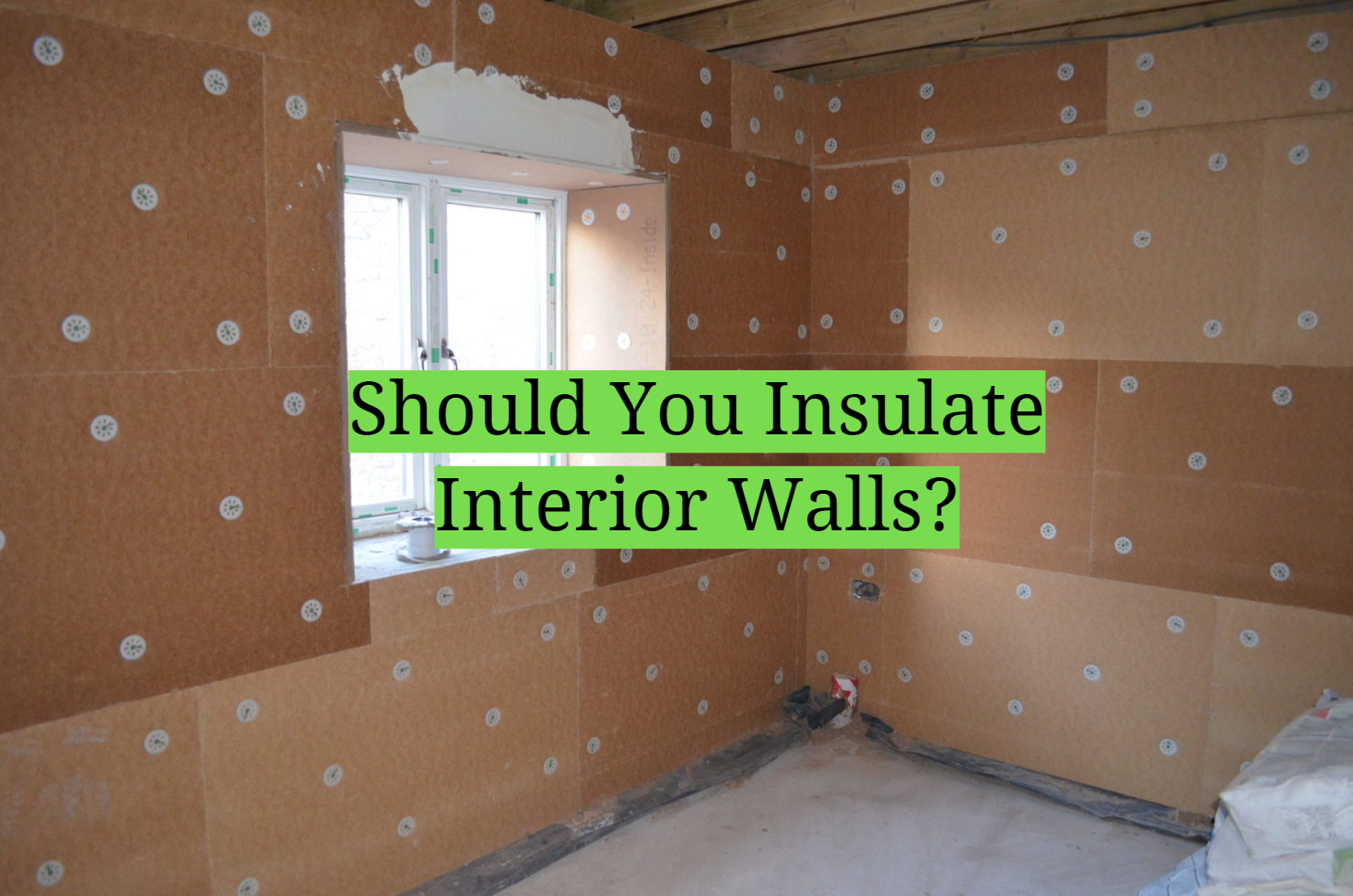
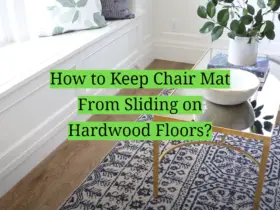



Leave a Reply